 EXPLODED VIEWS FOR MEDICAL IMAGE VISUALIZATION
Exploded views have been used to give technicians and consumers detailed assembly
EXPLODED VIEWS FOR MEDICAL IMAGE VISUALIZATION
Exploded views have been used to give technicians and consumers detailed assembly instructions which simplify assembly of complex products.
Exploded views can also convey the shapes and spatial relations between structures
in medical images. Alejandro Guayaquil-Sosa, Tim McGraw (tmcgraw@purdue.edu)
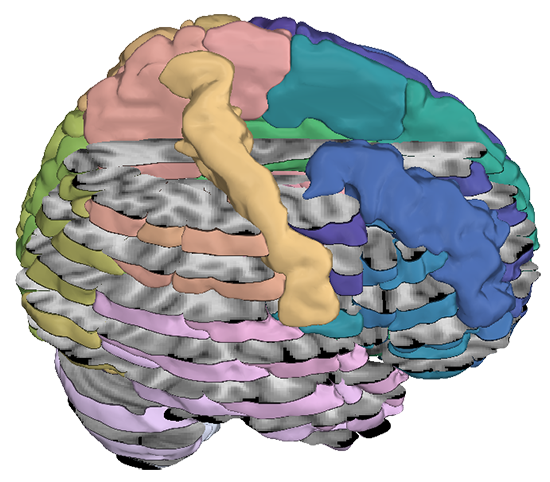
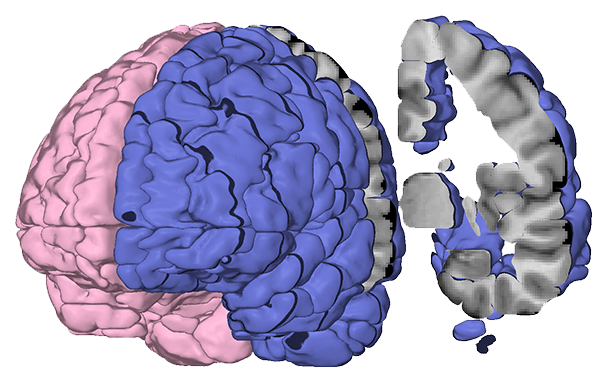
 ALLOMETRIC SCALING FOR CHARACTER DESIGN
‘Allometric change’ or ‘differential scalin g’ occurs when the proportions of an organism
ALLOMETRIC SCALING FOR CHARACTER DESIGN
‘Allometric change’ or ‘differential scalin g’ occurs when the proportions of an organism adjust in response to changes in size or other parameters.
By mathematically modeling this process we can automatically create
new character meshes at various scales. Tim McGraw (tmcgraw@purdue.edu)
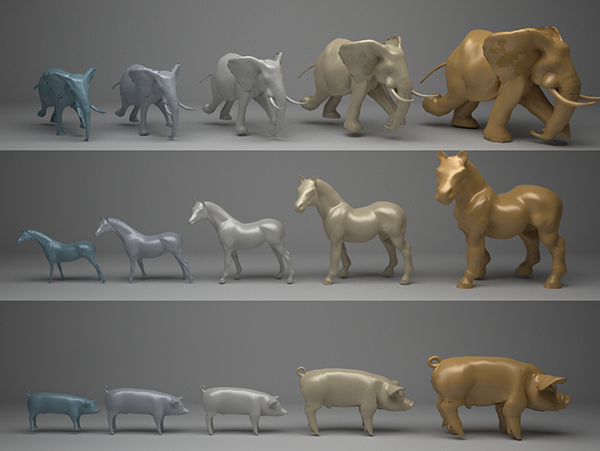
 SPARSE NON-NEGATIVE MATRIX FACTORIZATION FOR MESH SEGMENTATION
SPARSE NON-NEGATIVE MATRIX FACTORIZATION FOR MESH SEGMENTATION
 Non-negative matrix factorization is a mathematical technique which can create an intuitive decomposition
Non-negative matrix factorization is a mathematical technique which can create an intuitive decomposition of a shape into its parts. The decomposition can be used for animation, rendering, object recognition
and shape matching. Jisun Kang, Tim McGraw (tmcgraw@purdue.edu)

 LINE INTEGRAL CONVOLUTION FOR NEURONAL VISUALIZATION
LINE INTEGRAL CONVOLUTION FOR NEURONAL VISUALIZATION
 The computer graphics technique known as line integral convolution can reveal patterns of connectivity
The computer graphics technique known as line integral convolution can reveal patterns of connectivity in the white matter of the human brain. Tim McGraw (tmcgraw@purdue.edu)
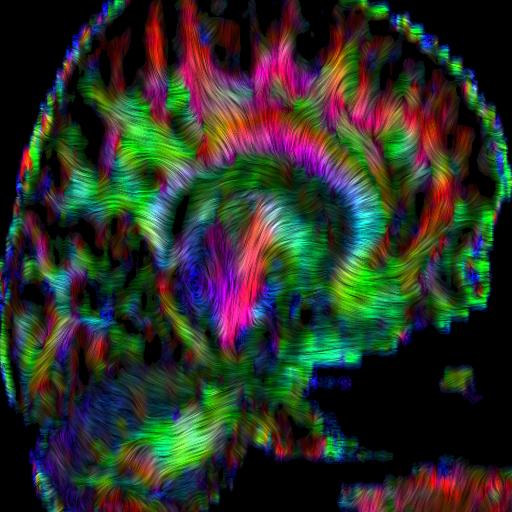
 VOLUME VISUALIZATION
VOLUME VISUALIZATION
 The process of volume visualization permits doctors, scientists and engineers to see details within 3-dimensional datasets,
The process of volume visualization permits doctors, scientists and engineers to see details within 3-dimensional datasets, such as MRI and combustion simulations. Tim McGraw (tmcgraw@purdue.edu)
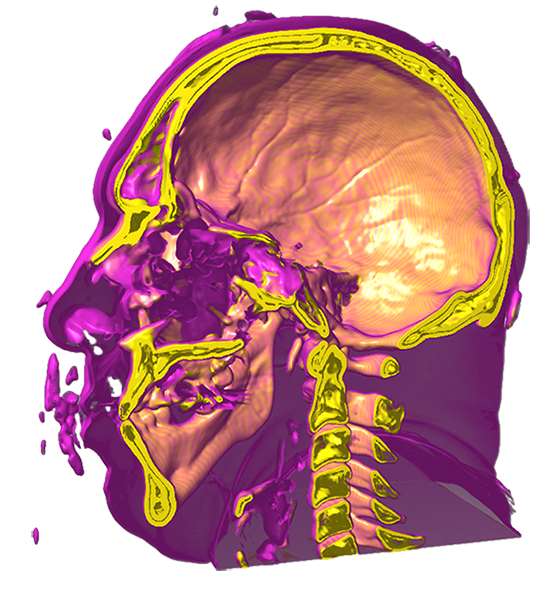
 SCIENTIFIC VISUALIZATION IN VIRTUAL REALITY
SCIENTIFIC VISUALIZATION IN VIRTUAL REALITY
 Immersive visualization and motion-tracked controllers allow a user to explore and interact with data in ways
Immersive visualization and motion-tracked controllers allow a user to explore and interact with data in ways not previously possible. Leo He, Alejandro Guayaquil-Sosa, Tim McGraw (tmcgraw@purdue.edu)
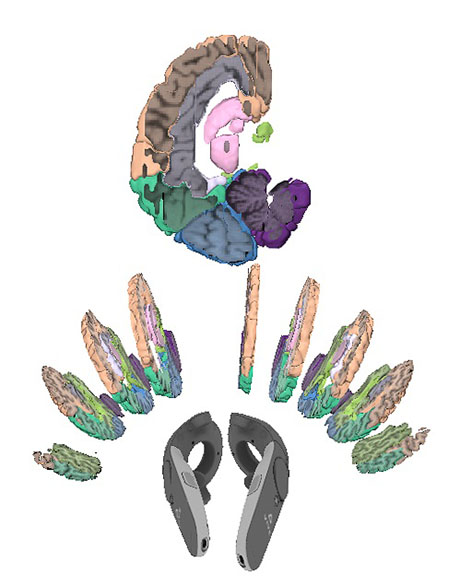
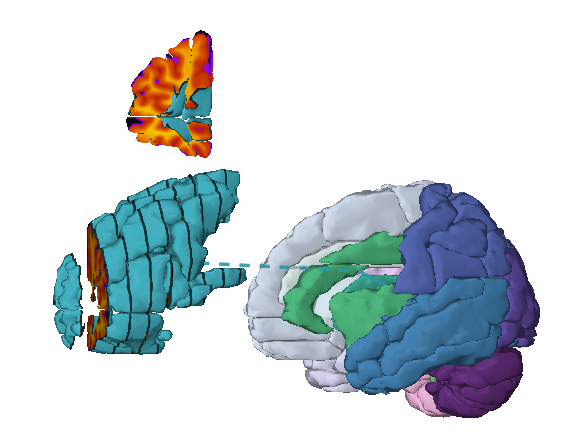
 NEURONAL CONNECTIVITY MAPPING ON THE GPU
NEURONAL CONNECTIVITY MAPPING ON THE GPU
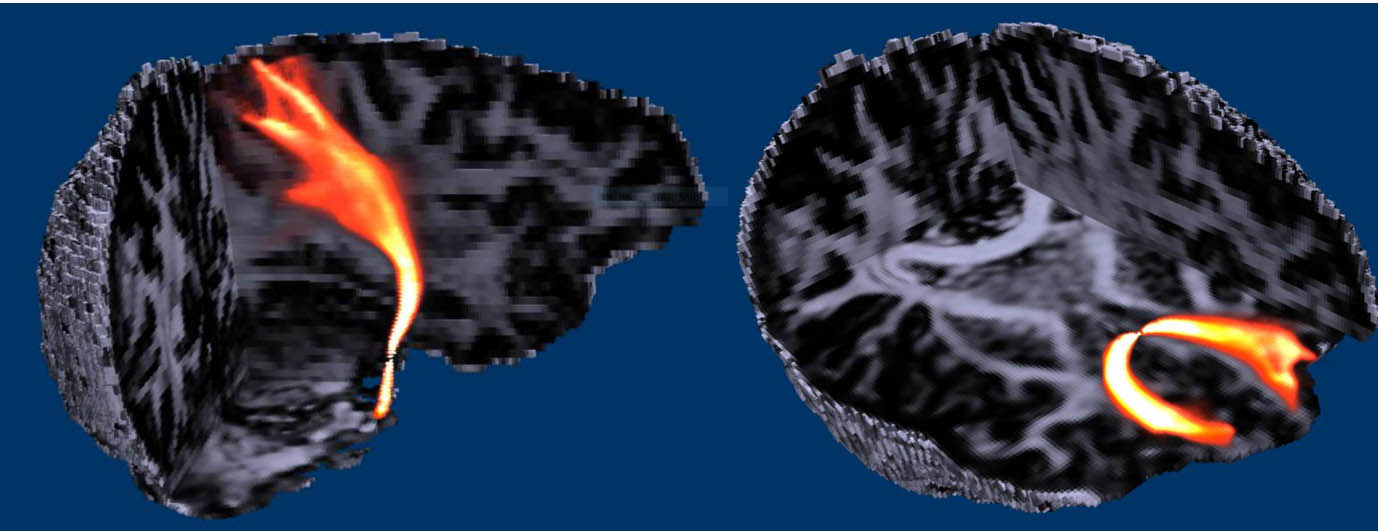 Graphics processing units (GPUs) anable not only fast rendering, but also data analysis, such as determining patterns
Graphics processing units (GPUs) anable not only fast rendering, but also data analysis, such as determining patterns of connectivity within the human brain. Tim McGraw (tmcgraw@purdue.edu)
 GLITCH STYLE VISUALIZATION OF DISRUPTED NEURONAL CONNECTIVITY IN PARKINSON'S DISEASE
GLITCH STYLE VISUALIZATION OF DISRUPTED NEURONAL CONNECTIVITY IN PARKINSON'S DISEASE
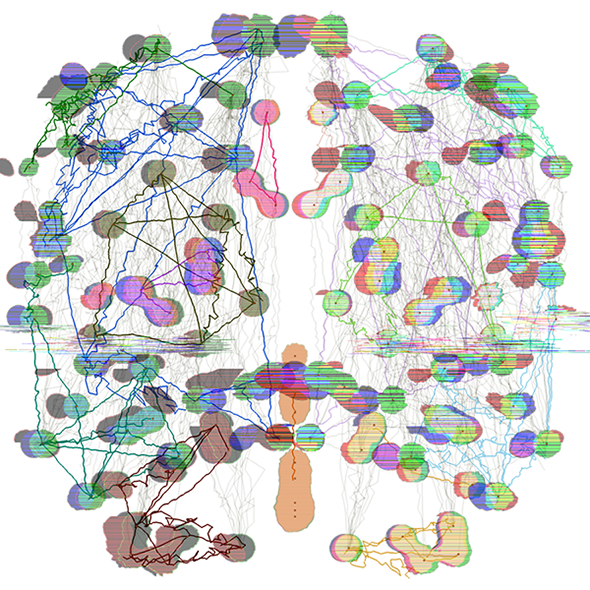 Glitch art is inspired by errors that can occur during electronic transmission or storage of images.
Glitch art is inspired by errors that can occur during electronic transmission or storage of images.In this project glitch effects were used to emphasize areas of disrupted connectivity in the brain due to Parkinson’s disease. Tim McGraw (tmcgraw@purdue.edu)
 DIFFUSION TENSOR IMAGING
DIFFUSION TENSOR IMAGING
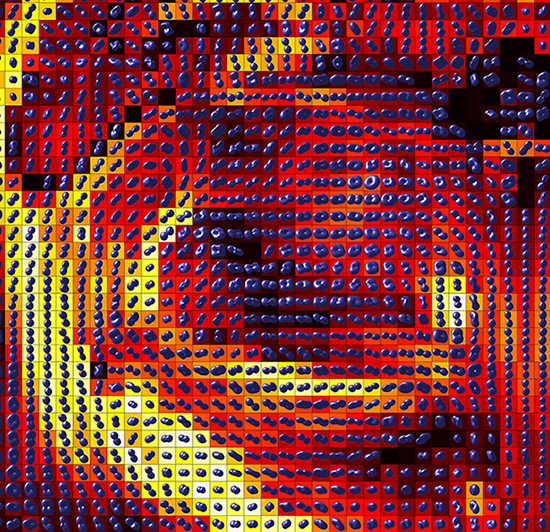 Diffusion tensor MRI can indirectly reveal white matter pathways in the human brain which can be used to assess traumatic injury and diseases such as Parkinson’s disease, Alzhemier’s disease and multiple sclerosis.
Diffusion tensor MRI can indirectly reveal white matter pathways in the human brain which can be used to assess traumatic injury and diseases such as Parkinson’s disease, Alzhemier’s disease and multiple sclerosis.
The 4th order tensor glyphs (left) represent the probability of various fiber orientations. Tim McGraw (tmcgraw@purdue.edu)
2017 © All Rights Reserved. Privacy Policy | Terms of Service
